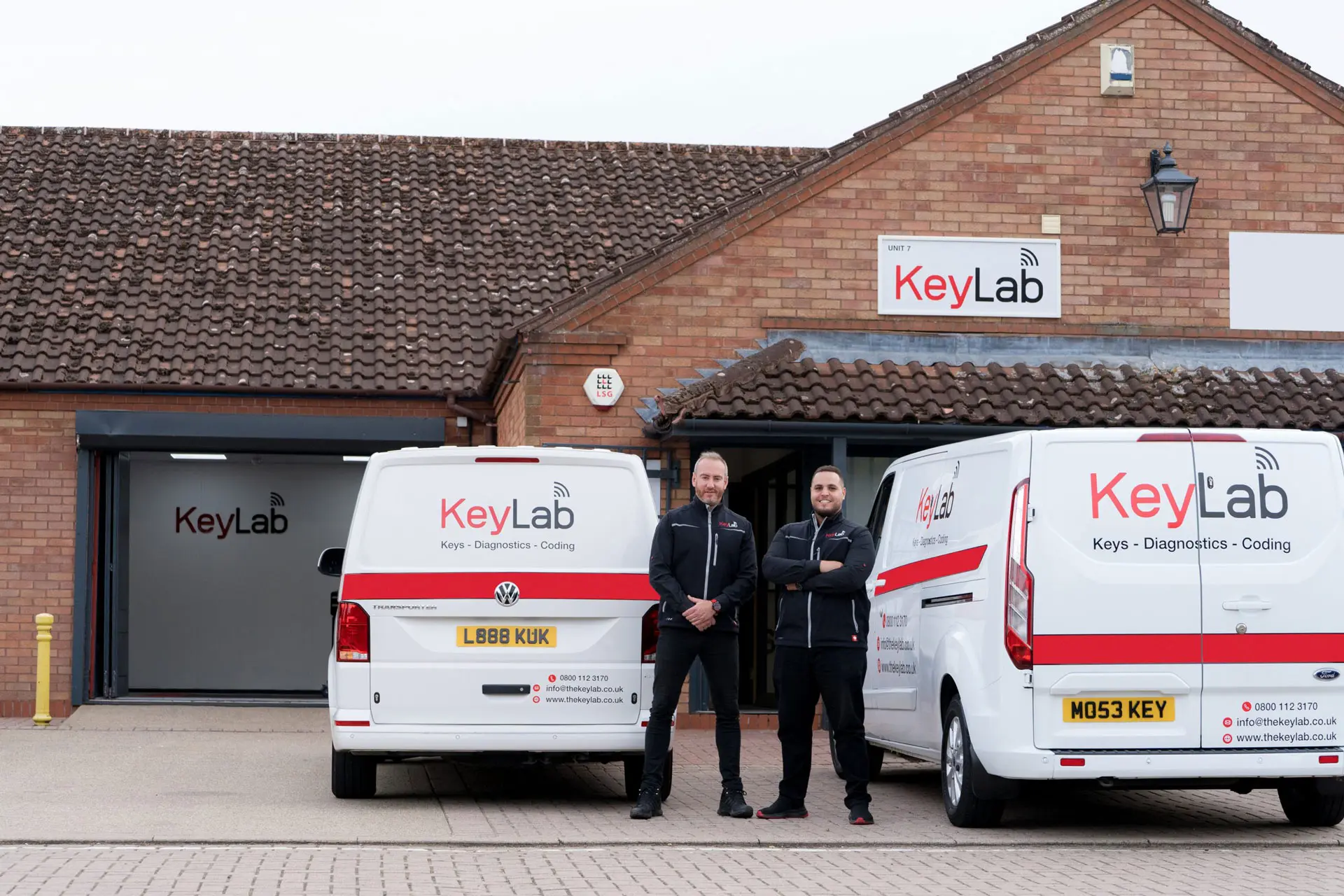Broken Key Repair: Solutions for Common Lock Issues
Introduction
Keys are essential tools in our day-to-day lives, permitting us to protect our homes, vehicles, and personal possessions. However, they can also break, leading to disappointments and troubles. Comprehending how to address broken key problems is crucial for anyone wanting to maintain their locks and guarantee access to their home. This short article covers numerous aspects of broken key repair, consisting of typical causes, repair techniques, and preventive procedures to avoid future circumstances.
Common Causes of Broken Keys
Keys can break for a number of reasons. Comprehending these causes can help in preventing future incidents:
- Wear and Tear: Over time, keys can wear down due to regular usage, leading to weakened shafts that are most likely to break.
- Poor Key Design: Keys that are poorly developed might lack structural stability, making them more vulnerable to breaking under stress.
- Incorrect Key Usage: Using extreme force to turn a key, particularly in a jammed lock, can quickly lead to a breakage.
- Ecological Factors: Extreme temperature levels or exposure to wetness can compromise metal keys, causing brittleness.
- Lock Malfunctions: A malfunctioning lock can put unnecessary stress on a key, causing it to snap during operation.
Signs of a Broken Key
Identifying a broken key frequently comes with obvious signs. Here are some indicators:
- Partial insertion into the lock: If the key can not be completely placed or gotten rid of.
- Abrupt resistance: If the key feels stuck when being turned.
- Noticeable divides or fractures: Inspecting the key can reveal cracks or breaks in the metal.
- Insufficient engagement: The key might turn less than needed to activate the lock.
Techniques for Broken Key Repair
When confronted with a broken key, there are several methods to think about for repair. It is vital to pick the ideal one based on your specific scenario.
1. Remove the Broken Key
If a key breaks within a lock, the very first action is to get rid of the broken part:
- Use tweezers or needle-nose pliers: If a piece is sticking out of the lock, carefully pull it out.
- Place a key extractor tool: This specialized tool can help extract lodged parts more efficiently.
| Tool | Best Used For |
|---|---|
| Tweezers | Shallow extraction |
| Key extractor tool | Deeply lodged key pieces |
| Lubricant spray | Easing extraction of stuck parts |
2. Superglue Method
For scenarios where a key has partially broken however is undamaged enough to stay gripped, the superglue method might provide a momentary fix.
- Tidy the broken surfaces completely.
- Apply a thin layer of superglue.
- Hold the pieces together for a few minutes till the glue sets.
Keep in mind: This approach is not a long-term solution and must be utilized with caution as the repair can easily fail under functional tension.
3. Metal Epoxy
For a more robust repair, metal epoxy supplies a more powerful bond than superglue.
- Follow the instructions on the epoxy product packaging for preparing the adhesive.
- Apply to the broken area and hold up until set (generally a few hours).
4. Duplicate the Key
In circumstances where lock performance is essential, producing a duplicate key is typically the best route:
- Visit a locksmith: Many locksmith professionals can reproduce keys quickly and effectively.
- Use a key-tracing service: Some locksmith professionals utilize tracing methods to cut an identical key based on the residues.
5. Lock Replacement
When keys consistently break, it may be because of lock problems instead of key integrity. In such cases:
- Consult a locksmith to examine the lock's condition.
- Consider replacing the lock entirely if significant damage or wear appears.
Preventing Key Breakage
Preventing key damage is typically much better than repair. Here are some useful ideas:
- Limit force on keys: Always turn keys carefully to prevent unneeded tension.
- Regular key examination: Check for wear and replace keys revealing indications of damage.
- Utilize a keychain: Prevent excessive flexing by utilizing a tough keychain.
- Lube locks: Ensure locks operate efficiently to decrease pressure on keys.
- Store keys correctly: Avoid putting type in environments that can trigger rust or corrosion.
Frequently Asked Questions About Broken Key Repair
1. Can car lockout service repair a broken key myself?
Yes, you can attempt to repair a broken key yourself utilizing methods like the superglue or metal epoxy methods. Nevertheless, these are short-lived fixes, and it is suggested to speak with an expert locksmith for a more resilient service.
2. Is it worth fixing a broken key?
Sometimes, especially with sentimental or unique keys, a repair may be worth it. For standard keys, replication or replacement is typically more reliable and trusted.
3. How can car lockout service avoid my keys from breaking?
To prevent breakage, guarantee that keys are not subjected to excessive force, routinely check them for wear, and keep locks well-kept.
4. When should I seek a locksmith's aid?
If you are unable to get rid of a broken key from a lock or if the lock breakdowns regularly, it's best to seek a locksmith's competence.
Broken keys can provide a considerable hassle, however they are workable with the best technique. By understanding the typical causes and readily available repair methods, individuals can respond effectively to key breakage. Drawing from preventive measures will likewise help preserve key integrity and functionality. Ultimately, a proactive method to key and lock maintenance can significantly decrease the frequency of these annoying concerns.

